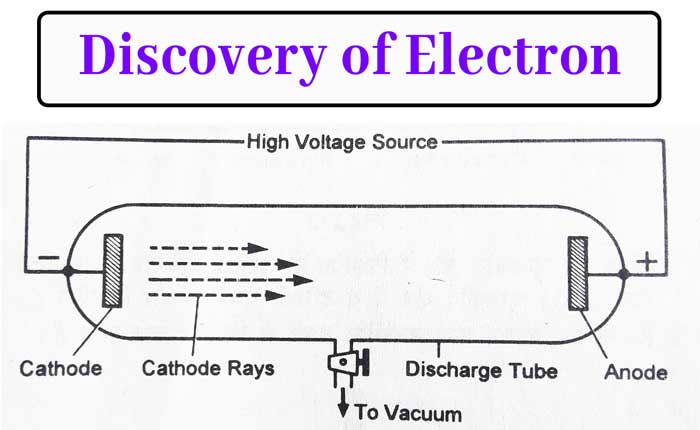It is one of the characteristic properties of liquids. Viscosity is a measure of resistance to flow which arises due to the internal friction between layers of fluids as they slip. past one another while liquid flows. Strong intermolecular forces between molecules hold them together an…
The first law of thermodynamics tells us about the relationship between the heat absorbed and the work performed on or by a system. It puts no restrictions on the direction of heat flow. However, the flow of heat is unidirectional from higher temperature to lower temperature. In fact, a…
In 1830, Michael Faraday showed that if electricity is passed through a solution of an electricity, chemical reactions occurred at the electrodes, which resulted in the liberation and deposition of matter at the electrodes. He formulated certain laws. These results suggested the particu…
You are already familiar with the term matter from your earlier classes. Anything which has mass and occupies speed is called matter. Everything around for example, book, pen 🖊️, pencil ✏️, water, air, all living beings etc, are composed of matter. You know that they have mass and they…
Search
Trending now













